Contada por Francisco Arizmendi y editado por Luz Toledo y de Instituto de Jovel, San Cristobal de las Casas, Chiapas, Mexico.
As told by Francisco Arizmendi and edited by Luz Toledo y de Instituto de Jovel, San Cristobal, Chiapas, Mexico.
Popol Vuh es el libro sagrado para los Mayas y cuenta la creación de los seres humanos. También es un libro de consejos.
Popol Vuh is a sacred book of the Mayans and describes the creation of human beings. It is also a book of advise.
Antes de los seres humanos, no existía nada en el universo. Sólo había agua y todo estaba muy tranquilo. Entonces los dioses se reunieron, y ellos decidieron crear al ser humano. La primera creación, fue un hombre de madera, pero el humano de madera no era capaz de hablar, ni era capaz de reproducirse. Un tiempo después, se olvidó a los dioses. Esta creación no sirvió para los dios, asi que los dioses enviaron una “lluvia de fuego”. Por lo tanto, los humanos de madera fueren quemados y ya no existieron más.
Before human beings, the only thing that existed in the universe was water and everything was very peaceful. Then the Gods met and they decided to create a human. The first creation was a human of wood, but the wooden human wasn’t able speak and was not able to reproduce. A while later, this wooden human forgot about the Gods. This creation was of no use to the Gods, so they sent a “rain of fire”. Therefore, the wooden humans were burned and no longer existed.
La segunda creación fueron los humanos de barro. Ellos hablaban y se reproducían, pero ellos, también, olvidaron a los dioses. Un tiempo después, los dioses enviaron una lluvia muy grande. Con esta lluvia, los humanos de barro desaparecieron.
The second creation were clay humans. They spoke, reproduced, but they, also, forgot the Gods. A while later, the gods sent a great rain. With this rain, the clay humans disappeared.
En la tercera creación los dioses dijeron “No vamos a usar madera, ni barro, ahora vamos a usar maíz”. Los dioses hicieron al humano de maíz.
Nosotros somos de maíz. Comemos tortillas, tacos, tamales, y atole. Nuestro olor es maíz.
Hay cuatro colores de maíz: rojo, blanco, amarillo y negro. Los cuatro colores de maíz y los cuatro colores de la piel de los humanos significan que todo de los razas de los humanos son de maíz.
In the third creation, the Gods said, “We are not going to use wood, not clay, now we are going to use corn. The Gods made a human from corn.
We are made of corn. We eat tortillas, tacos, tamales, y atole; our smell is corn. Then we are from corn.
There are four colors of corn: rojo, blanco, amarillo and black. The four colors of corn and the four colors of the human skin signifies that the races of men are from corn.

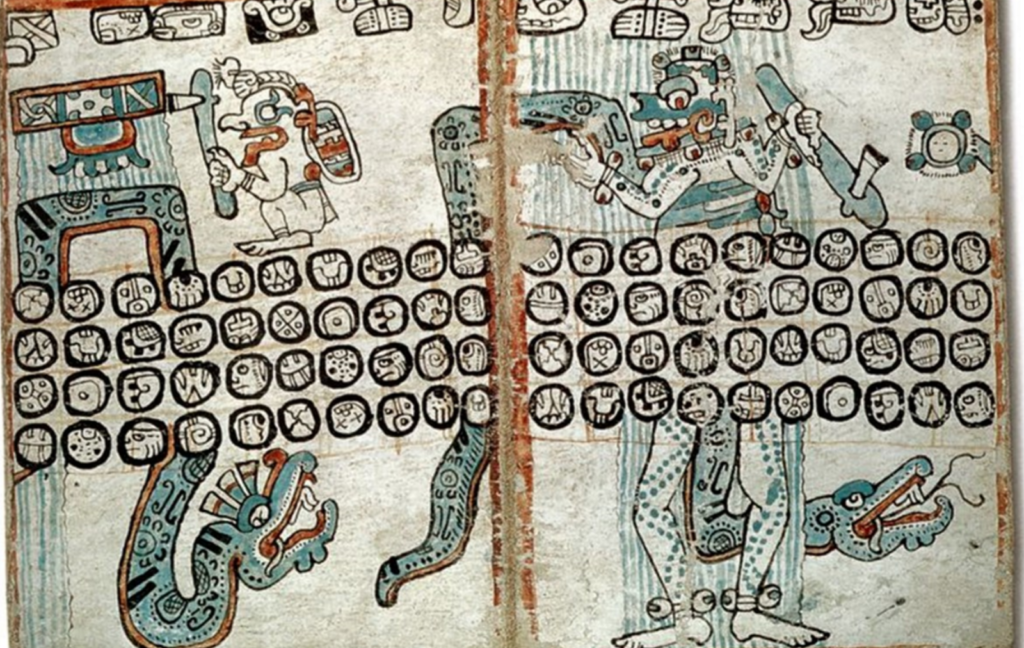
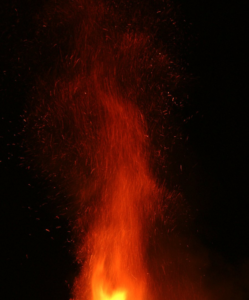
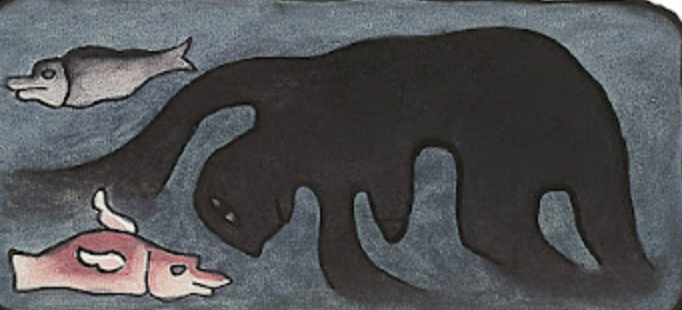
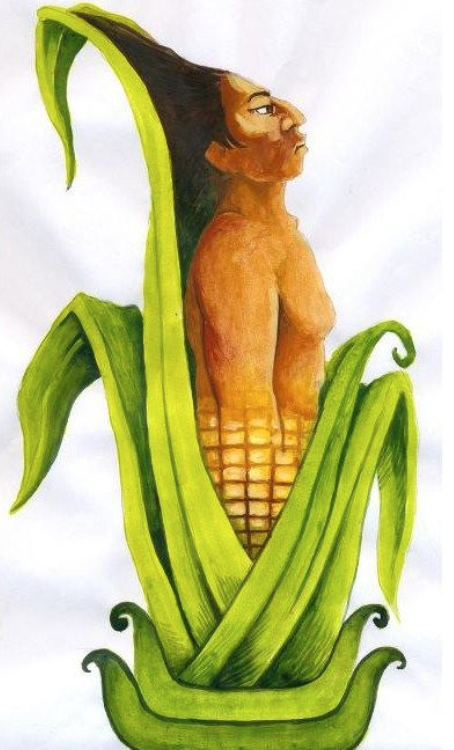
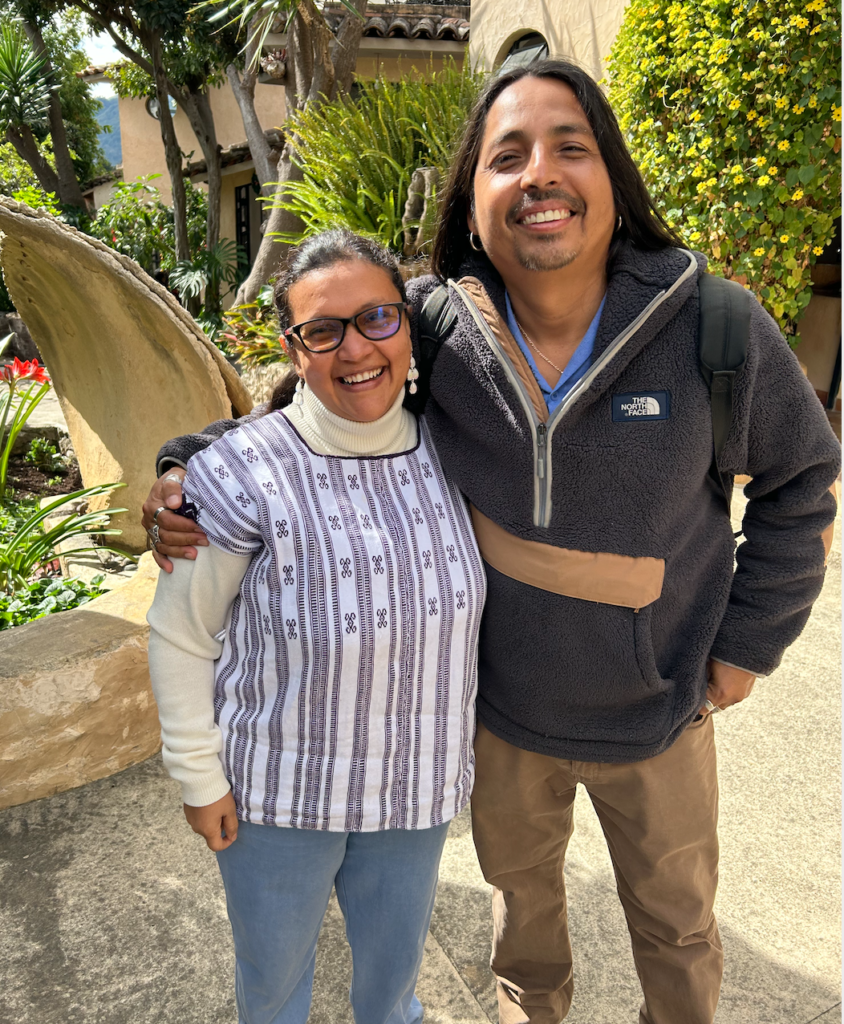



Larry, another great informational read!
Thank you for allowing us to tag along in your journey!
Ray
this story brings me back to the magical mix of growth, peace, fulfillment, and gratitude i first experienced at four years old when the yellow corn kernels my mother had given me grew out of my little sand box and onto our family’s dinner table that fall;
the last corn to grace our garden was bear island flint, which does well in our minnesota climate and bares all the mentioned colors of this and other legends